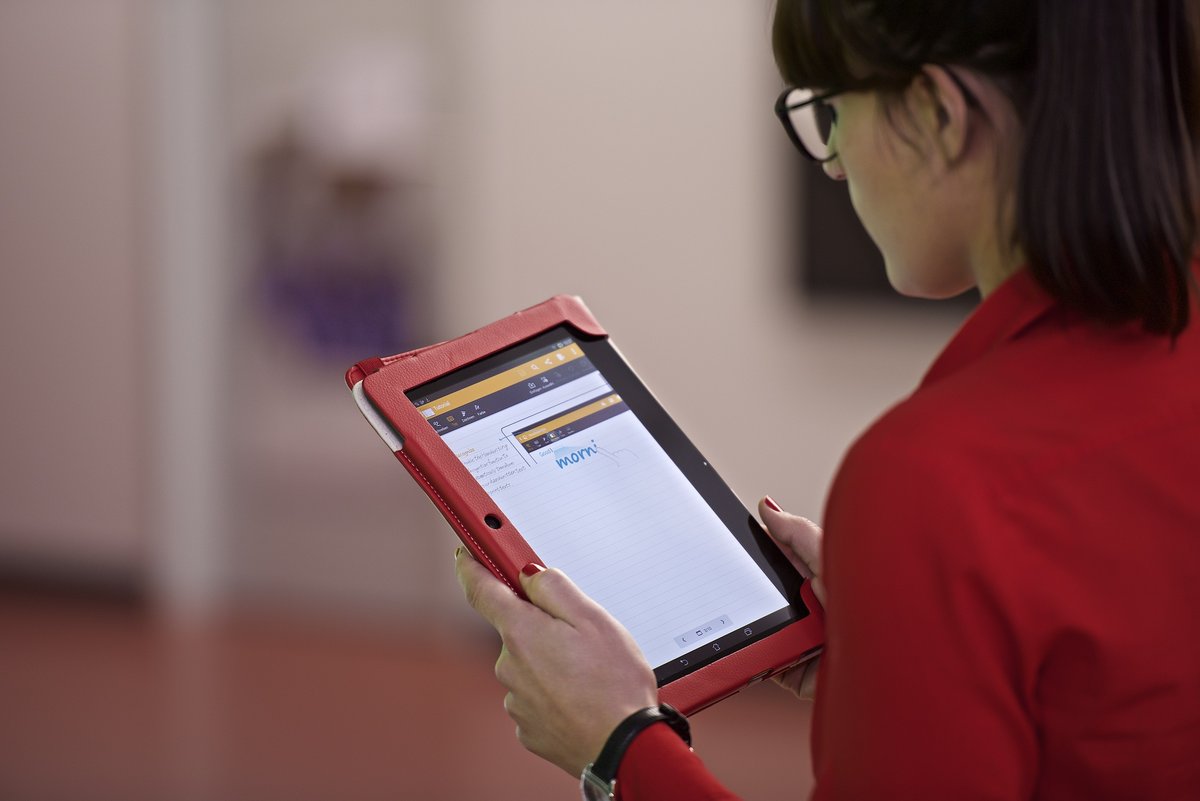How are my colleagues mastering the challenges of online teaching? Do they have examples and ideas that I could use in my courses?
This page shares such dos and don’ts, tips and tricks, as well as ideas for using different tools and methods in online teaching. They come directly from your colleagues in teaching.
The examples are sorted into different topical sliders for you to browse through. Use the table of contents to jump to the topics that are especially interesting for you . Concepts from individual lecturers are available for download (PDF) in the right column of the website.
Have fun exploring!
Additional inspiration is available after you log in using the “My University” icon at the top right.

Starting the semester
How do I get students involved? How can we get to know each other as a group? How can I prepare my students to use new techniques?

Challenges and highlights
Of the many things that we tried out, some worked well, some didn’t work at all, and some could be improved upon.

Methods
Everything online... Getting students involved, presenting new material, discussions, group work, class presentations, worksheets...



